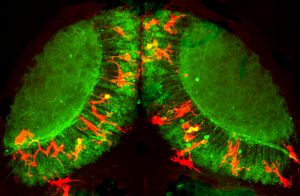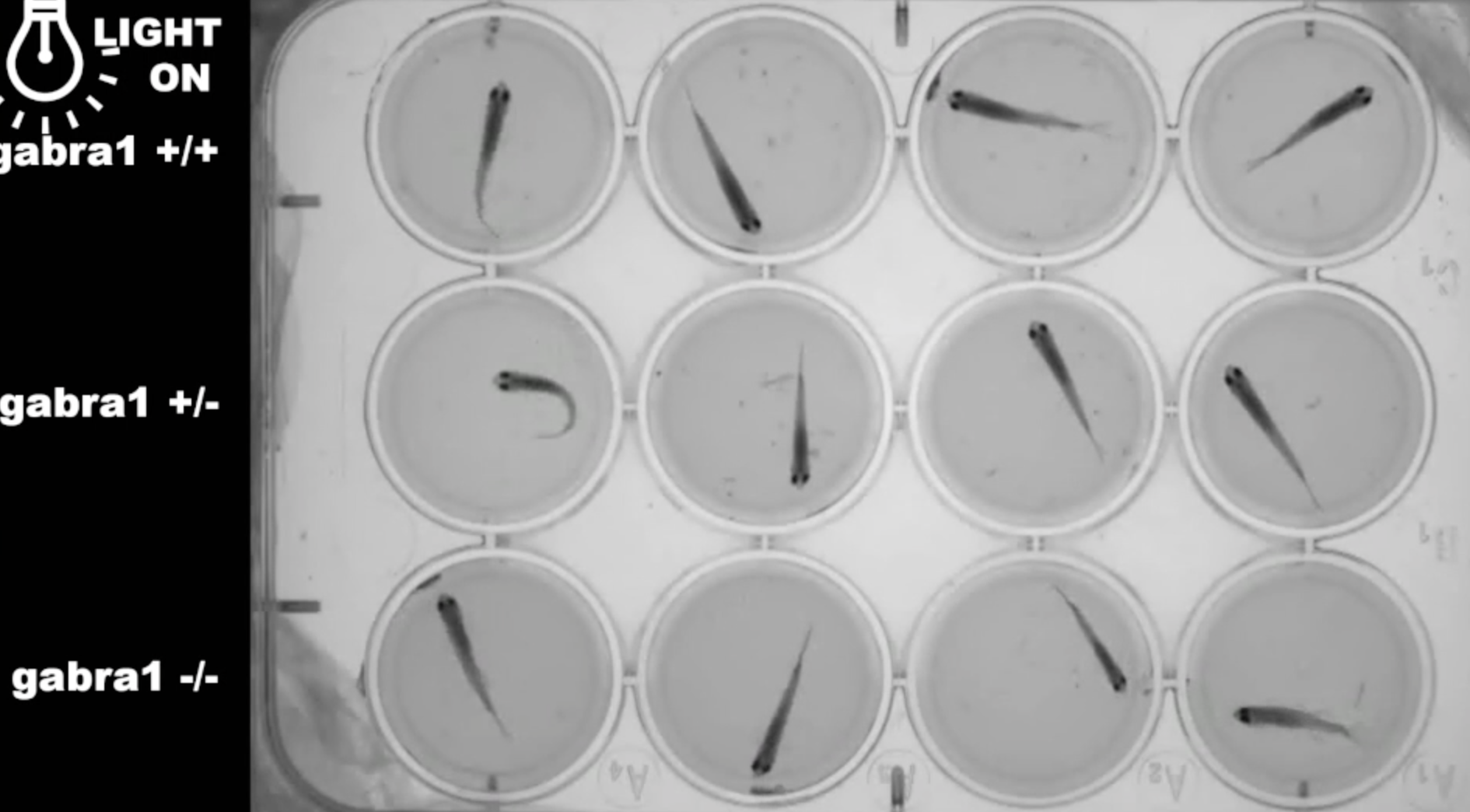Current research
About us

Nadia Soussi-Yanicostas
The central research theme of my team is to use zebrafish embryos as in vivo tools to
better understand the interactions between neurons and microglial cells in different disease
contexts, such as epilepsy and childhood encephalopathy, and following environmental
insults, such as pesticide poisoning. Specifically, we use a multidisciplinary approach,
combining zebrafish mutants, transgenic technologies, in vivo calcium imaging,
electrophysiology, behavioural studies, and classic molecular biology methods of protein and
RNA analysis, to: (i) precisely characterize the spectrum of microglia activities induced by
different types of neuron dysfunctions resulting from either disease or poisoning, and (ii)
better understanding the consequences of these microglia activities (neuro-inflammation
and/or neuro-protection) on subsequent neuron physiology. Currently, the research activity
of my team is focused on two main research projects. The first aims at investigating the
activity of microglia in different genetic epilepsy contexts in zebrafish (using mutant lines
scn1Lab -/- , depdc5 -/- , gabra1 -/- and gabrg2 -/- , four genes that have been found mutated in
human Dravet syndrome childhood epilepsy) and also better understand the consequences
of this microglia activity on subsequent brain functioning and neuron excitability. In line with
this research theme, using diisopropylfluorophodphate (DFP), a mildly toxic
organophosphorus (OP) compound analogous to warfare agents Sarin and Soman, we are
also investigating the mechanism underlying the epileptogenic effect of OPs and seek
identifying effective countermeasures. Our second project is in line with the recent
demonstration in our laboratory that succinate dehydrogenase inhibitor (SDHI) molecules,
the most widely used fungicides in agriculture practices today, are not fungus-specific and
efficient inhibit SDH activity in honey bees, lumbrics and human cells. In our team we are
studying the role of three SDHIs, which has never been estimated in in vivo models, on
neurodevelopment and neurobehavior.



